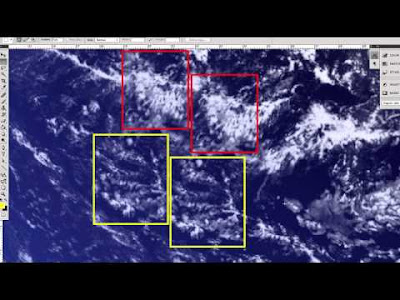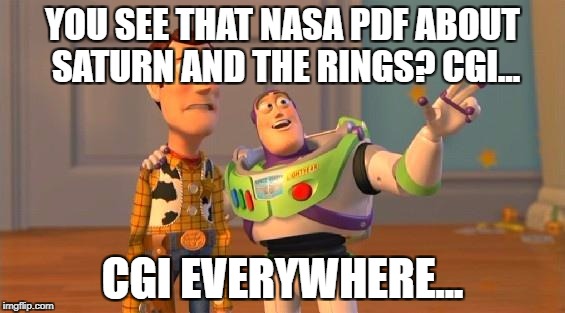[member=64]SCP Always , posta os originais da página da NASA. Meter memes não conta como investigação. Já agora, mentir quando dizes que eles mencionam que a foto de 2012 é um single shot também fica mal.
Vamos lá então abordar as full earth photos:
Fotos não compósitas sem ser da NASA
https://directory.eoportal.org/web/eoportal/satellite-missions/e/electro-l
Figure 7: Full-disk image of Earth from Russia's Elektro-L spacecraft (image credit: NTsOMZ) 19)
Legend to Figure 7: Unlike most satellite images of Earth, this one was not assembled from multiple swath scans or digitally projected onto a globe model — it’s the full disk of our planet captured as a single, enormous 121 megapixel image, acquired by Russia’s Elektro-L weather-forecasting satellite.
https://gizmodo.com/5909215/this-is-the-definitive-photograph-of-planet-earth
RAMMB: RAMSDIS Online - Himawari-8 Imagery Disk
NASA
Blue Marble 2012 - Blue Marble, 2012 - NASA
A 'Blue Marble' image of the Earth taken from the VIIRS instrument aboard NASA's most recently launched Earth-observing satellite - Suomi NPP. This composite image...
Blue Marble 2015 - NASA Captures "EPIC" Earth Image - NASA
This color image of Earth was taken by NASA’s Earth Polychromatic Imaging Camera (EPIC), a four megapixel CCD camera and telescope. The image was generated by combining three separate images to create a photographic-quality image. The camera takes a series of 10 images using different narrowband filters -- from ultraviolet to near infrared -- to produce a variety of science products. The red, green and blue channel images are used in these color images
Obviamente que o composito de várias imagens tem distorções e não representa a 100% o que os teus olhos deviam ver como, aliás, é perfeitamente notório quando comparado com outra fotografia produzida de forma semelhante: http://wafflesatnoon.com/images-of-earth-in-1978-and-2012-real-or-hoax/
Também não ajuda os ângulos de câmara serem diferentes.
Blue Marble 1972 - Blue Marble - Image of the Earth from Apollo 17 - NASA
View of the Earth as seen by the Apollo 17 crew -- astronaut Eugene A. Cernan, commander; astronaut Ronald E. Evans, command module pilot; and scientist-astronaut Harrison H. Schmitt, lunar module pilot -- traveling toward the moon.
Tens aqui uma análise muito boa a fotografias do planeta terra. Desculpa não ser de um artigo científico mas não tenho muito tempo para estar a procurar mais informação: https://www.quora.com/Why-do-the-official-NASA-pictures-of-Earth-change-drastically-year-to-year
Já agora, há que entender o conceito de fotografia compósita. No sentido estrito, tudo o que não seja uma imagem simples e não interpolada com outra informação é uma fotografia real e tudo o resto é um compósito. As camaras modernas tiram fotos por vários sensores e combinam a informação para criar a imagem que tu vês. Posto isto, quando eu falo com fotografias compósitas falo de colagens de várias fontes.
Se eu tiver uma objectiva com 10 sensores e tirar 1 foto estou, no fundo, a tirar 10 fotos que posso depois combinar para obter informação. Por norma tu usas 3 sensores para obter 1 imagem a cores. Mais info aqui: Image sensor - Wikipedia
Onde eu quero chegar é: Se eu tiver uma camara com um sensor CMOS normal mais UV, IV, etc, estou na mesma a tirar 1 foto com várias fontes em simultâneo.
[member=17736]M [member=121]Paracelsus [member=19368]skydragon [member=5059]Ricardo se alguém tiver algo a acrescentar força, acho que não disse barbaridade nenhuma.
[member=64]SCP Always fico à espera do teu comentário a refutar o que coloquei.






